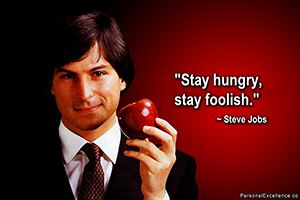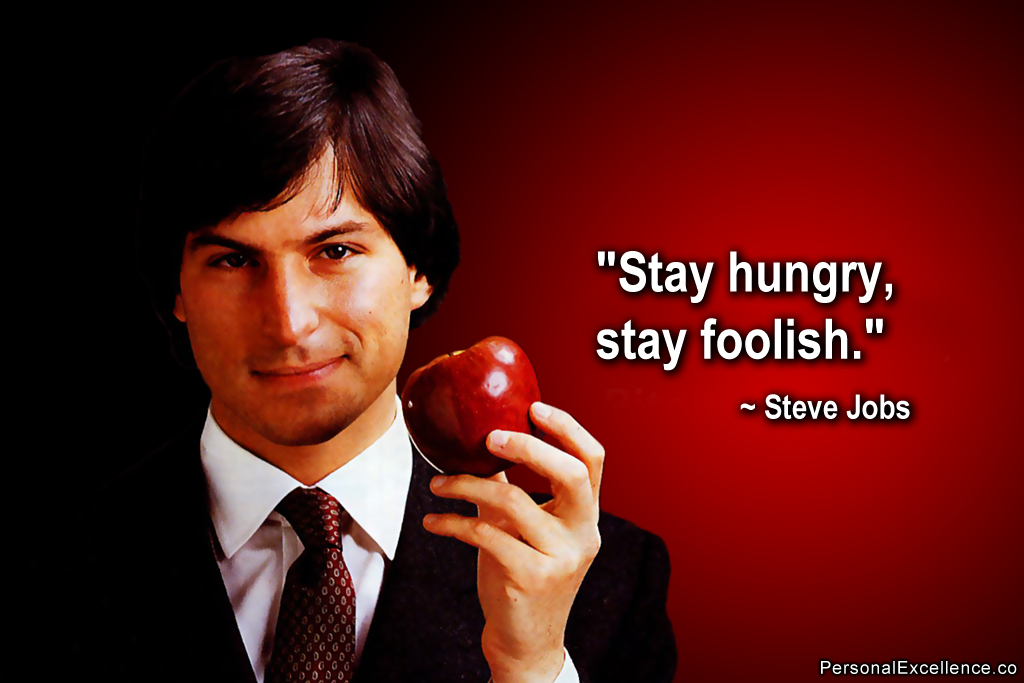
(Image: Ethan Lofton)
“Hi Celes, I have a question about habits: How can I get rid of a bad habit?” — Ros
Hi Ros! I have two recommendations to tackle a bad habit.
This first will be to think about the positive habit you want to build in its place, rather than the bad habit you want to remove.
So for example, let’s say you want to stop hunching your back. Rather than think about not hunching your back, think about how you can cultivate the habit of sitting up straight. Or say, you want to stop eating junk food — think about how you can eat healthily instead. Or if you want to stop being late, think about how you can be punctual. And so on.
There are two reasons why this is more useful. Firstly, by focusing on the bad habit, you give energy to that bad habit. Say, when you think about not hunching your back, the immediate visualization you have is a hunched back. Ironically, the more you think about that, the more you are inclined to do that. This reinforces the bad habit, and makes it harder to quit it. It’s a cycle that perpetuates itself.
On the other hand, when you focus on the positive habit you want to create, you give energy to that – hence creating a positive loop. Successfully doing the positive habit, even if just one time, opens you up to the habit itself. The more you do it, the more you see its merits, the more you’re inclined to do it again in the future. While it may be hard to get started at the beginning, but once you get going, it will fuel itself.
The second reason is because the removal of every habit will lead to a void. Because every habit comprises of an action, which when removed, leads to an empty space. When you don’t fill this void right away, either of the following will happen (a) the bad habit which you just eliminated will slip right back in, since it’s the most recent reference point (b) something else will fill the void and become the next habit – and it may be another bad habit.
An example would be say, quitting soda. Say you drink a lot of Coke. You want to quit Coke and live a more healthy lifestyle. You successfully eliminate Coke from your diet. However, because you did not think about a replacement habit, you end up drinking Mountain Dew in its place instead. Not exactly the kind of outcome you are looking for!
However, when you think about the positive habit you want to build, say to drink more fruit juices or mineral water, the goal is clear. With the reference in mind, you can then form this positive habit as you eliminate the bad habit. It’s a more stable transition than trying to yank the bad habit out of your life.
I’ve written about how to cultivate habits successfully: Develop a Good Habit in 21 Days
The second way is to understand the roots of your bad habit – and remove the bad habit by untangling the roots.
If you think about it, habits are the result of subconscious wirings. None of us are born with the habits we have today – whether good or bad. For example, who is born with an emotional eating problem? Who enters the world with desire to drink soda? Who would think about smoking if he/she has never come across cigarettes or smoking in his/her life?
The reason why we have our habits today is because there was a point in our past when someone said something to us, or where we saw something, or where something happened to us – after which we picked up the habits. Over time, the habits become embedded as part of our daily routine, and remains as such because we never tried to change them.
By unraveling the subconscious thinking that’s giving rise to that habit, you can remove it permanently. I’ve written about this in the following articles:







![[Attitude, not Altitude] Wallpaper: "It is your attitude, not your aptitude, that determines your altitude." ~ Zig Ziglar](https://personalexcellence.co/files/wallpaper-attitude-200x113.jpg)

 Thanks for reading. If you like my free articles, join my private email list and get my latest updates and articles sent right to your inbox.
Thanks for reading. If you like my free articles, join my private email list and get my latest updates and articles sent right to your inbox.